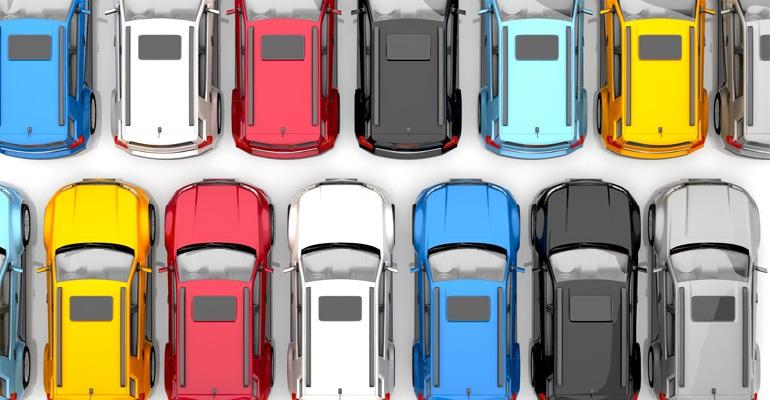SAN FRANCISCO – Today’s credit-challenged auto consumers are different from the ones during the recession of a decade ago, says Lou Loquasto of credit-tracker Equifax.
“The customer with a 550 credit score now is not the same as the person with a 550 score when the housing market collapsed and they were affected by it,” he says. “Today, a person with that score has a systemic difficulty” as a borrower. It’s not a victim of circumstances who got hit with an unexpected financial blow.
But that doesn’t mean auto lenders should automatically decline latter-day subprime people, Loquasto, Equifax’s auto finance leader, says at the American Financial Services Assn.’s annual vehicle finance conference held in conjunction with the upcoming National Automobile Dealers Assn. convention and expo here.
“Ninety percent of people, when given a second chance, made good on that second chance,” he says. “But we need to know everything we can know about that customer.”
That includes full technology-driven credit checks and a greater use of alternative credit data, such as phone and utility payment histories, rather than relying only on traditional credit-bureau information, he says. “If we are going to set up subprime borrowers to succeed, we need to know the real picture.”
Loquasto is among conference panelists discussing the state of auto lending, including its current competitiveness.
“The competitiveness of the market is extraordinary,” Loquasto says. “When banks compete, consumers win.”
As interest rates go up – and they are expected to this year – so too will competitiveness among car lenders, says Alex Lowy, an account associate at Moody’s Analytics.
Outstanding U.S. auto loans currently total $1.3 trillion, an all-time high. A reason for that is that consumers are moving to more expensive vehicles, such as CUVs and SUVs, says Mike Stanton, NADA’s executive vice president and chief operating officer. “We expect that shift to continue.”
Another reason stems from the higher costs of vehicles in general as they become equipped with expensive advanced technology. The higher prices concern NADA.
With the average vehicle transaction price exceeding $35,000, “affordability is a big issue,” Stanton says. “Are we pushing prices up so high, the average consumer can’t afford them?”
Many shoppers scared off by rising new-vehicle prices end up buying used vehicles. Dealers are fine with that; they’re not fussy about whether they sell a new or used car. But a consumer onslaught to dealership used-car lots stands to adversely affect automakers, Stanton says.
Those higher vehicle prices factor into longer-term auto loans. Moreover, those 72- and 84- month loans are “a byproduct of a competitive market,” says Thomas Murphy, an executive vice president at Wells Fargo Bank.
Some dealers as indirect lending middlemen “do a good job with extended terms, some don’t,” Loquasto says, referring to whether the longer loans turn out good or bad. “You can see the difference in loan performances.”





